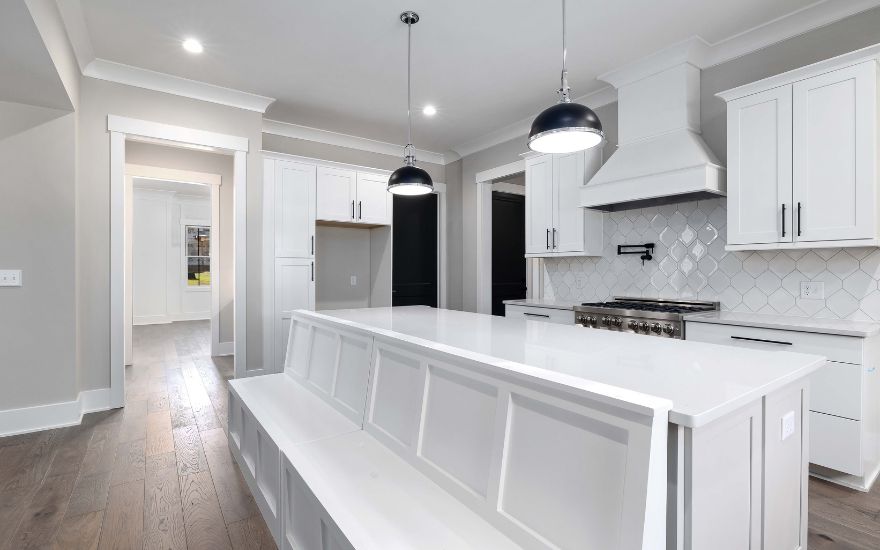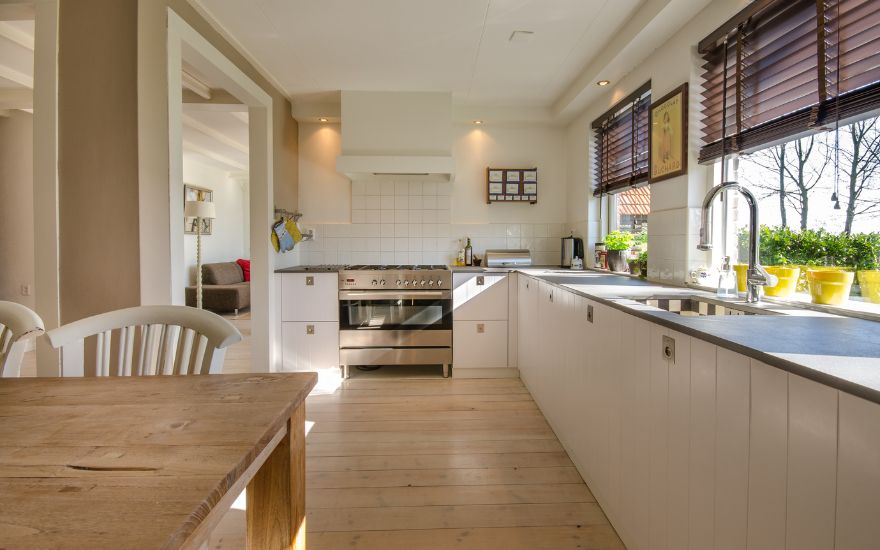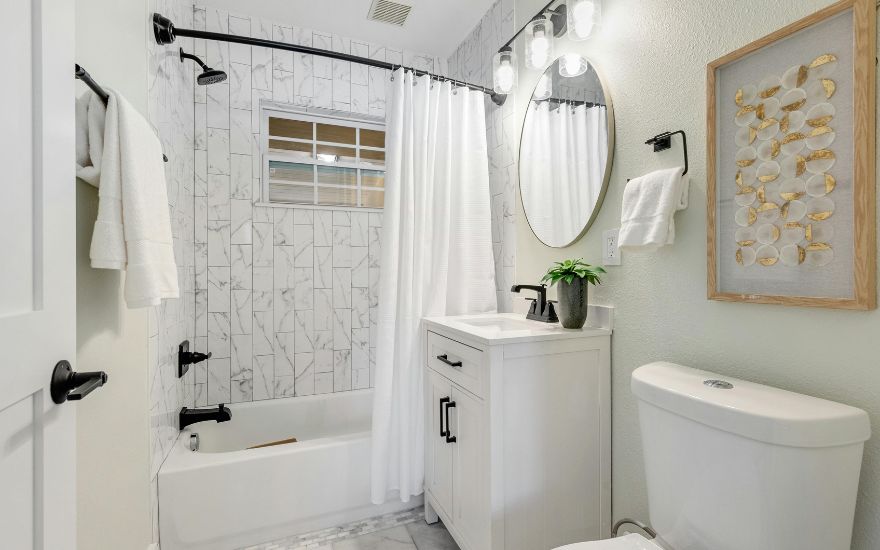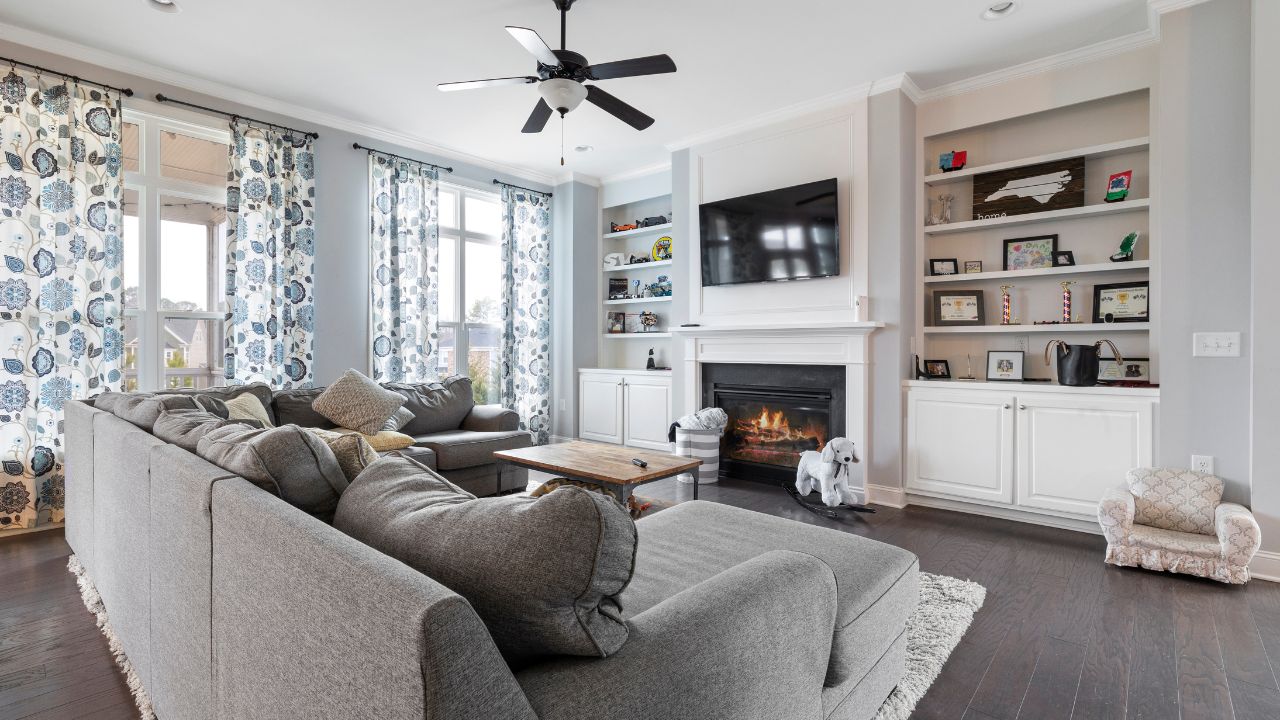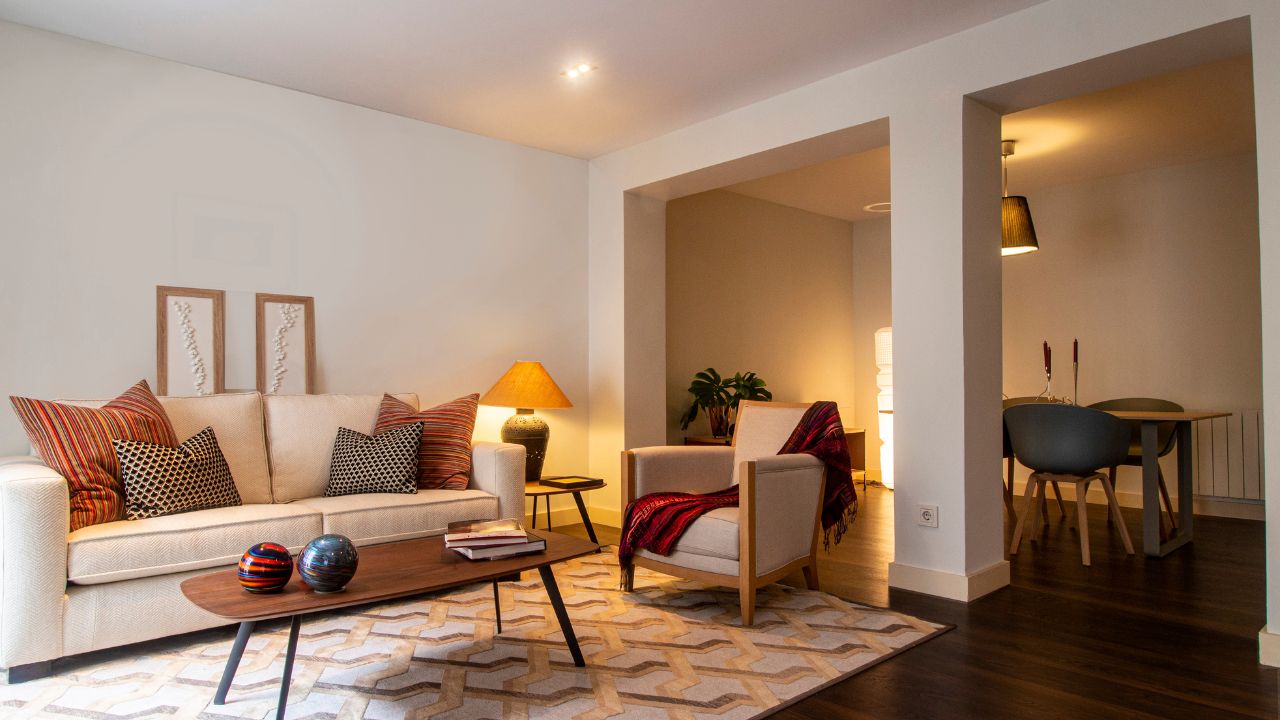Home renovation is one of the most exciting, transformative investments a homeowner can make. Whether you’re updating a dated kitchen, expanding a cramped living room, or completely overhauling an entire property, renovations not only improve functionality and comfort but also significantly increase your property’s value. Yet despite the growing popularity of residential remodeling, the industry remains riddled with misconceptions that cause homeowners to hesitate—or worse, make costly mistakes.
If you’ve ever considered updating your space and found yourself googling “home renovation,” you’ve probably come across a mix of conflicting advice, horror stories, and overhyped promises. At Cozy Casa, we’ve worked with countless clients across Ontario who started their projects weighed down by myths—only to realize that the process, when done right, is far more empowering than stressful.
In this blog, we’ll debunk the top 7 home renovation myths that are holding homeowners back. If you’re planning a renovation soon, this guide will help you separate fact from fiction—and make smarter, more confident decisions about your home.
Myth 1: Renovations Always Go Over Budget
One of the biggest fears homeowners have is blowing their budget. While it’s true that renovation projects can exceed expected costs, it’s misleading to assume that going over budget is inevitable. This misconception usually stems from poor planning, vague contracts, or working with unqualified contractors.
The truth is, with a detailed scope of work, clear communication, and a professional renovation company like Cozy Casa, you can stick to your budget—or even come in under it. Our team starts every project with a transparent estimate, builds a realistic timeline, and accounts for contingencies that reduce unexpected costs. When you plan properly and work with the right team, budget control becomes the rule, not the exception.
Myth 2: DIY Renovations Save You More Money
Thanks to home improvement shows and endless YouTube tutorials, many homeowners believe they can save money by doing everything themselves. While DIY can be fulfilling and useful for small cosmetic updates like painting or installing a backsplash, full-scale renovations are a different story.
DIY projects often lack the technical expertise required for tasks like electrical, plumbing, HVAC, structural changes, and permitting. Mistakes in these areas can lead to safety issues, code violations, or costly rework down the line. What initially seems cheaper often turns into a more expensive and time-consuming endeavor.
At Cozy Casa, we frequently get called in to fix DIY jobs gone wrong. Hiring licensed professionals from the beginning not only saves time and money—it ensures the renovation meets legal and safety standards.
Myth 3: All Renovation Contractors Are the Same
Many homeowners fall into the trap of assuming all contractors offer the same quality of work, and therefore choose the lowest quote. This is a dangerous assumption. The home renovation industry is as diverse as the projects it delivers. While some companies, like Cozy Casa, focus on client satisfaction, precision, and premium materials, others may cut corners, skip permits, or use unskilled labour to reduce costs.
The contractor you choose can make or break your project. A reputable renovation partner will offer transparent quotes, detailed contracts, references, a dedicated project manager, and a portfolio of past work. They’ll be licensed, insured, and committed to following all local building codes.
Before hiring anyone, always verify credentials, ask questions, and understand the scope of what you’re getting. Don’t fall for the myth that cheaper is better—it often comes with hidden costs.
Myth 4: Permits Are Optional for Home Renovations
Many homeowners believe that permits are just a formality—or worse, an unnecessary hassle. However, in Ontario (and much of Canada), permits are required for most significant renovation projects, especially those involving structural changes, electrical updates, or plumbing.
Failing to obtain the proper permits can result in fines, project shutdowns, problems during resale, and even safety risks if the work isn’t up to code. At Cozy Casa, we handle all permitting processes for our clients. We know how to navigate local regulations efficiently so you don’t have to worry about the paperwork. Getting permits is not optional—it’s essential for protecting your investment and ensuring your home complies with provincial standards.
Myth 5: Renovations Are Too Stressful to Be Worth It
Renovations do require decisions, planning, and sometimes temporary inconvenience—but the belief that they’re inherently overwhelming is simply untrue. This myth often comes from poor project management, a lack of clear communication, or working with disorganized contractors.
A professionally managed renovation project should feel empowering and collaborative. At Cozy Casa, we provide a dedicated project coordinator who walks clients through every stage—from design and budgeting to materials selection and final walkthroughs. We provide frequent updates, maintain clear timelines, and always respond to client questions. With the right partner, renovations become exciting milestones, not stressful roadblocks.
Myth 6: Renovation Adds Immediate Resale Value—Always
It’s easy to believe that any upgrade will boost your home’s resale value, but not all renovations offer the same return on investment (ROI). Projects like kitchen remodels, bathroom upgrades, and energy-efficient windows generally offer high ROI, while others—like luxury pools or imported marble flooring—may not recoup costs unless you’re in a premium market.
The key is to balance personal taste with market appeal. At Cozy Casa, we help homeowners choose renovations that align with their goals—whether that’s maximizing resale value or enhancing everyday living. We’ll also advise on design trends, buyer preferences, and what upgrades are truly worth it in your neighborhood.
Myth 7: Renovation Is Only for Outdated Homes
One common myth is that only old, deteriorating homes need renovations. In truth, many newer homes benefit from remodeling to improve functionality, add storage, upgrade finishes, or personalize a builder-grade space. Even properties built in the last 10–15 years may lack modern layouts, energy-efficient systems, or stylistic flair that aligns with today’s lifestyles.
Home renovation is about optimization. Whether it’s turning unused space into a home office, expanding a kitchen island, finishing a basement, or converting a bedroom into a nursery, renovation empowers you to make your home truly your own.
How Cozy Casa Helps You Renovate the Right Way
At Cozy Casa, we know that renovation is more than construction—it’s transformation. We guide our clients through a personalized, results-driven process that prioritizes comfort, quality, and trust. Here’s what you can expect when you partner with us:
Free Consultation and Honest Evaluation
We start every project with a no-obligation consultation. We’ll walk through your home, listen to your goals, and evaluate the project’s feasibility, timeline, and cost.
Detailed Planning and Clear Estimates
We create a comprehensive scope of work, helping you choose finishes, layouts, and customizations that suit your lifestyle. We also provide a detailed, itemized quote so you can budget with clarity.
Permit and Inspection Management
Cozy Casa handles all necessary permits, inspections, and code requirements so your renovation is worry-free and legally sound.
Dedicated Project Manager
You’ll never feel lost or unheard. Every project is led by an experienced coordinator who ensures milestones are met, keeps you informed, and resolves issues quickly.
Top-Tier Craftsmanship and Materials
We source high-quality materials and work with experienced tradespeople to ensure every finish is flawless and every fixture functional.
Final Walkthrough and Satisfaction Guarantee
Before the job is complete, we conduct a full walkthrough to ensure every detail exceeds expectations. Your satisfaction is our top priority.
Final Thoughts: Let Go of the Myths, Embrace the Possibilities
Home renovation can be one of the most rewarding experiences of homeownership—when you know the truth behind the myths. Don’t let fear, bad advice, or outdated assumptions hold you back from improving your space. The reality is, with proper planning, the right team, and a trusted partner like Cozy Casa, you can achieve stunning results without the stress.
From small room updates to whole-home transformations, we’re here to guide you every step of the way.
Visit https://cozycasa.ca to schedule your free consultation and start building the home you’ve always dreamed of.
10 SEO-Friendly FAQs
- How much does a typical home renovation cost in Ontario?
Costs vary based on project scope and materials, but kitchen renovations typically range from $15,000–$40,000, while bathroom updates average $10,000–$25,000. - How long does a home renovation take?
Most renovations take 4–12 weeks depending on complexity. Cozy Casa provides a detailed timeline before the project begins. - Do I need permits for my renovation?
Yes. Structural, electrical, plumbing, and layout changes usually require permits. Cozy Casa manages this process for you. - Can I live in my home during the renovation?
In many cases, yes. We work in phases to minimize disruption, but larger projects may require temporary relocation. - What’s the best renovation for resale value?
Kitchen and bathroom remodels, basement finishing, and energy-efficient window upgrades offer the best return on investment. - Is home renovation tax-deductible in Canada?
Some renovations qualify for rebates or tax credits, especially energy-efficient upgrades. Consult a tax advisor for details. - Should I renovate before selling my house?
If done wisely, renovations can increase your home’s value and appeal. Cozy Casa can help you prioritize which updates make sense. - How do I choose the right contractor?
Look for licensed, insured contractors with positive reviews, transparent quotes, and a clear communication style—like Cozy Casa. - What should I expect during a renovation project?
Expect planning meetings, demolition, construction phases, inspections, and a final walkthrough. Cozy Casa handles everything with a structured timeline. - How can I get started with Cozy Casa?
Visit https://cozycasa.ca and book a free consultation. We’ll assess your space and help you plan a renovation that fits your goals and budget.
